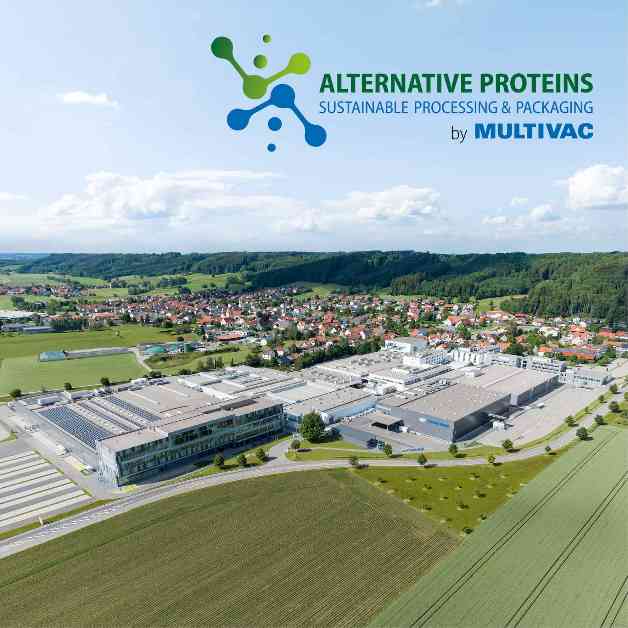Avoid, Reduce, Recycle: In light of the new EU Packaging Directive aimed at reducing the environmental impact of packaging, renewable materials, resource conservation, and sustainability are top priorities for packers and packaging companies.
By 2030, according to the EU Packaging Directive PPWR (Packaging and Packaging Waste Regulations), all packaging in the EU must be recyclable. Therefore, companies must adjust design and material usage to increase the recycling and reuse of packaging. This involves reducing packaging weight and promoting the circular economy.
„We generally support the implementation of a uniform EU-wide regulation, but there are still some obstacles to overcome,“ says Marina Dodel, Project Manager Corporate Innovation Center at MULTIVAC. „The currently planned regulations need to be adjusted, for example, in terms of material bans, the proportion of recyclate use, the discrimination against certain packaging materials, as well as the lack of material-neutral regulations or infrastructures for collection, sorting, and recycling streams. There must be clarity or correction of the currently planned regulations.“
To reduce packaging waste as much as possible and make packaging as sustainable as possible, it is necessary for all stakeholders in the value chain to work together and develop meaningful and sustainable solutions together.
Sustainability begins in the packaging process. Special packaging technologies and machine equipment can help conserve valuable resources, minimize the plastic content, and increase the recyclability of packaging. Sustainable approaches include the use of mono-material solutions that are recyclable, fiber-based materials from renewable raw materials, or solutions to reduce packaging thickness, such as soft film solutions or skin films.
The use of machine technology is also important. For example, flexible packaging instead of rigid packaging can reduce material usage in some applications. An example is flowpack or thermoforming packaging instead of rigid trays. The use of digital services, such as MULTIVAC’s Smart Services for monitoring machine components and the production process, can minimize packaging waste. Companies can also initiate sustainability analyses and optimize their packaging solutions through packaging workshops and individual consultations.
When it comes to sustainable packaging solutions, the principle of „Renew, Reduce, Recycle“ should always be at the center of activities. At MULTIVAC, the focus is on processing all packaging materials on individual systems.
The TopCloseTM process from MULTIVAC is a good example of this. When trays made from renewable raw materials are used, the plastic content of the packaging is only around ten percent. Material combinations that completely eliminate plastic are also possible, such as using cellulose labels. The transparent label seals the tray on the top and replaces, for example, a pouch. However, the contents remain secure from removal or falling.
New materials and processes create sustainable packaging alternatives. With the TopCloseTM and TopWrapTM processes, MULTIVAC addresses sustainability. The goal of the development was to offer the fruit and vegetable industry a packaging solution with less than ten percent plastic content or even completely plastic-free, so they can already meet the requirements of the EU Packaging and Packaging Waste Directive (PPWR). The TopCloseTM process is especially suitable for producers of small fruits and vegetables, such as berries, for packaging sizes of 200 to 400 grams. The TopWrapTM process, on the other hand, is interesting for fruits and vegetables, such as tomatoes, apples, potatoes, mushrooms, strawberries, lemons, or snack vegetables in packaging sizes of 400 to 1,000 grams.
Overall, the goal is to work together to develop meaningful and sustainable packaging solutions to minimize packaging waste and make our economy more circular.












